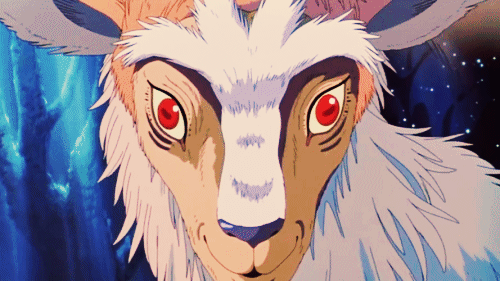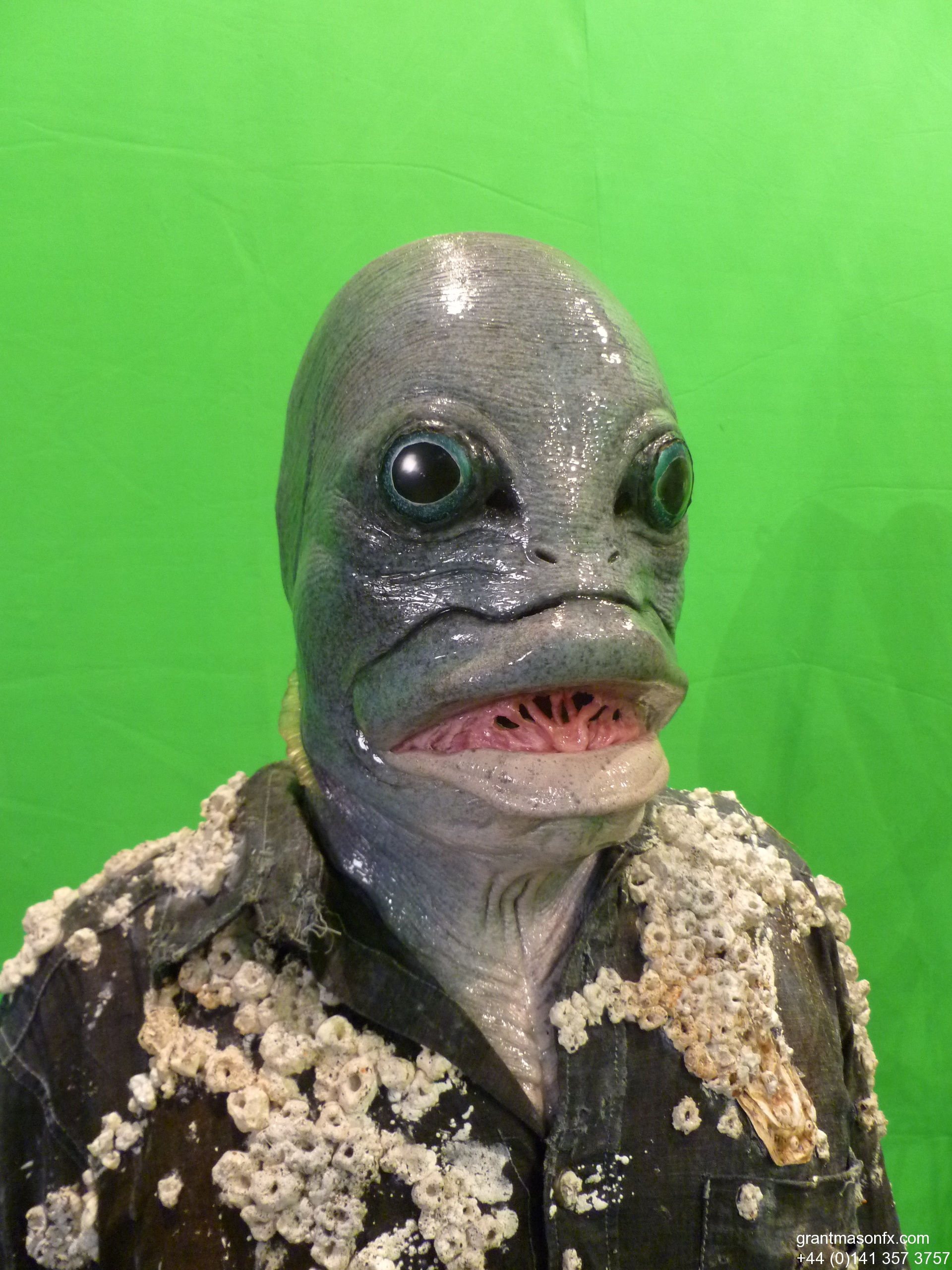Hey guys, this is a guest post from my good friend and number one commenter Josh Lingerfelt. I love the focus on making other races fundamentally alien. I'll be talking about Race as Class an a method for grasping at that difference soon. Enjoy this wonderful post!
Dwarven Slayers
In making a setting it is important to think about what makes a race truly different. Think about everyone you know or have ever heard of, that’s the breadth of humanity. That’s one race, in order to make a race truly different they can’t be like all the people you can imagine. Ideally a race shouldn’t just be a grouping of different stat blocks that help optimize your class, they should be functionally wired different. Now it’s likely that an adventurer of any race is an outsider from their society, but think about how that alien society and alien brain chemistry changes your character and why it might drive them to do what they do.
 |
|
One setting that does a tremendous job of making other races foreign is Warhammer Fantasy. Like in the world Faerun, the world of Warhammer has dwarves that are master miners and craftsmen, who enjoy a good mug of ale and are greedy. In Warhammer though they are quick to hold a grudge;, never forgiving and never forgetting, they write these grudges down in a great tome and passing them on from generation to generation. They are also so greedy that they frequently choose death over losing their horde. This brings us to the subject of pride and the role of the Slayer in Dwarven society (from the Warhammer Wiki):

“Dwarfs are above all very proud individuals and do not cope easily with failure or personal loss. Should a Dwarf suffer some terrible personal tragedy, he will be inconsolable. The loss of his family, his hoard, or failure to uphold a promise can seriously unhinge the mind of any Dwarf. Young Dwarfs forsaken in love often never recover from the blow to their pride. Whatever the cause, Dwarfs who have suffered what they perceive to be a serious loss of honor will often forsake the fellowship of their family and friends for a life of self-imposed exile.
Leaving their home stronghold as far behind as possible, they wander in the wilderness brooding on the misery of existence. Having broken with everything he holds dear, the Dwarf deliberately seeks death by hunting out and fighting large monsters and in death redeeming his honor in the eyes of the ancestor gods. These Dwarfs are called Slayers. They are stern and laconic individuals, not much given to talking about themselves, and they tend to be horribly scarred as a result of their encounters with Trolls, Giants, Dragons and other monsters.

To show their shame slayers shave their head bare except for a strip that runs down the middle of their head, then dye that strip and beard bright orange, while useing pig grease to stiffen it into a crest. In this way they honor Grimnir the patron god of slayers and the very first slayer. Their way of life invariably means that many achieve their ambition and are slain at the hands of whatever ferocious beast they have confronted. Others, the least successful ones in a sense, tend to survive either because they are the toughest, the fastest or most determined. This process of natural selection weeds out all those who do not have exceptional abilities, so you can be fairly sure that any Slayer you meet is exceptionally tough, violent, and psychopathically dangerous.
Slayers are a fascinating sub-cult of Dwarf society, and many famous Slayers have achieved deeds of exceptional valor. Younger Slayers often band together, sometimes under the tutelage of an older master, so that they can learn the arts of monster slaying. In times of war whole regiments - or bands - of Slayers appear out of the wilderness and join Dwarven Armies, which is a help more than welcome to most Dwarf Lords. Slayers spend as much time as possible improving their warrior skills. Although they seek death, their ancestors will not forgive a slayers shame if he or she does not fight as hard as possible. This duality in purpose means that every victory a slayer achieves is a failure of his or her trues purpose which is to die an honorable death and expunge the shame from his or her soul.”
That’s pretty bad ass. Now that we have a very cool story flavor of our Dwarven Slayer, let’s translate that into some D&D we can actually use.
Step 1: Choose Race: Pick your favorite Dwarf. I’m going to make Drovar, a Mountain Dwarf.
Step 2: Come up with a story. Drovar was a builder attached to a group of miners. His primary job was determining if mines were safe and constructing supports as needed. Drovar’s team found a very lucrative but unstable silver vein and after spending much time on the supports he gave the team the go-ahead to start mining. The supports collapsed killing everyone but Drovar.
Drovar’s shame was so great that he felt he could return to his clan and his sole option left was to don the Mohawk of the Slayer.
Step 3: Choose a class. You could try to do something clever, but it seems pretty clear that most if not all Slayers should be Barbarian. Depending on your backstory (and starting level) you might consider having levels in another class and then multiclassing into Barbarian, but you can also handle this by choosing an appropriate background. Drovar will be a Barbarian through and
Now let’s look at the class options for Barbarian. At lvl 3 we need to choose either
Berserker or Totem Warrior. At first glance, this seems like an each choice (Berserker), but due to the way the mechanics for Frenzy work it takes dual-wielding off the table and I had imagined Drovar with an axe in one hand and a hammer in the other. It’s actually not that hard to reskin Path of the Totem Warrior into Path of the Slayer.
Spirit Seeker: This feature has to go. Our Slayer has no use for nor flavor for attuning with the natural world to have kinship with beasts. We can instead give them Locate Animals or Plants and Detect Poison and Disease cast as rituals only. This lets our Slayer find things to fight and avoid non-glorious death.
Totem Spirit: Rather than make a totem, you must become the part of the Slayer, adopt the orange Mohawk (or equivalent outward signs). Your appearance may also alter to reflect the being you are becoming (your skin may appear to warp towards stone or your eyes may change color to reflect the chaos within). Choose combat choices at lvls 3, 6, and 14. I view the Bear as the Slayer who stands tall in the midst of battle daring all to attack, the Eagle as the dervish flitting about the battlefield killing any seeking respite, and the Wolf as the battlefield leader letting his rage lead his companions to victory.
Spirit Walker: This feature is probably ok, it lets our Slayer know the lay of the land and more importantly the existence of major baddies to fight. I would push any player to keep it thematic to what use they are going with.
Step 4: Choose a background. The general problem with all the backgrounds is that the features are generally not going to fit. For instance, I had imagined Drovar as a Guild Artisan, but Guild Membership is not really appropriate for a Slayer. As an alternative you can take the Slayer
Slayer: You have given up your past to embrace a glorious death in combat. Other non-Slayer dwarves, while wary of you, will begrudgingly provide you with minimalist support assuming you either head on or aid them in a coming fight. Slayer dwarves are glad to have you in their midst. In non-dwarven society you are treated as having the “bad reputation” background.
The rest of character creation should follow naturally.


















.png/revision/latest?cb=20140626144949)

.jpg)











